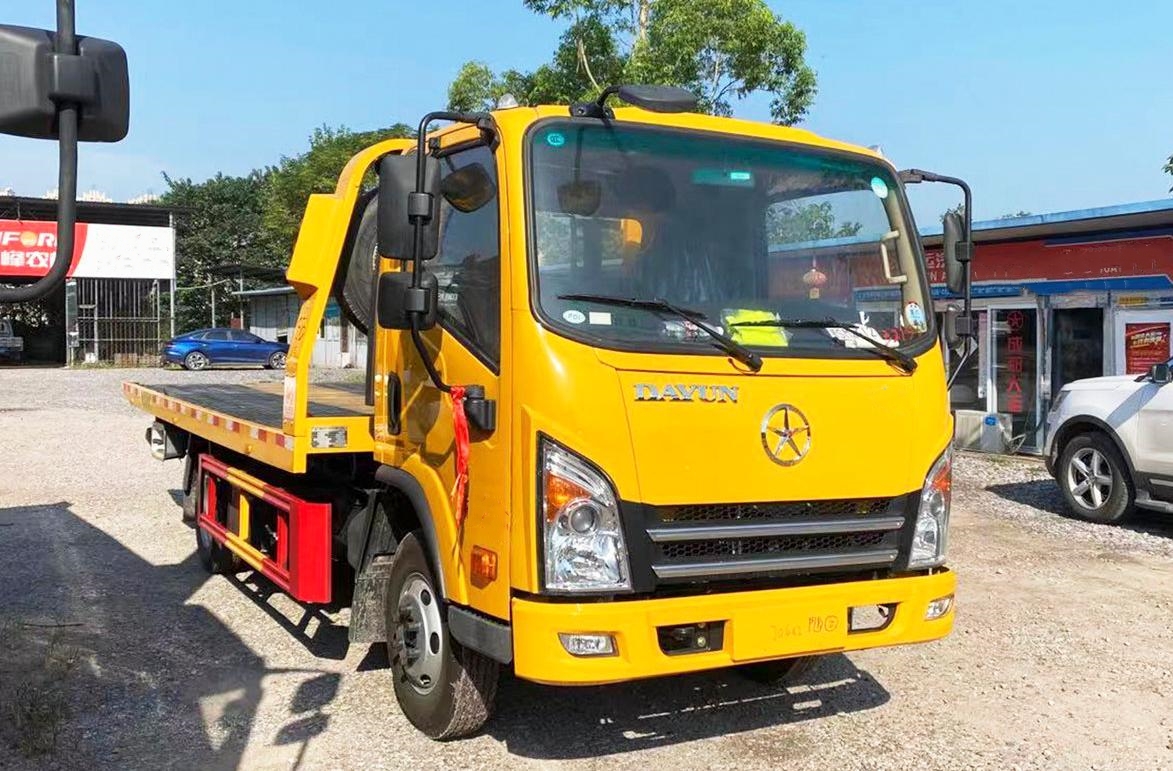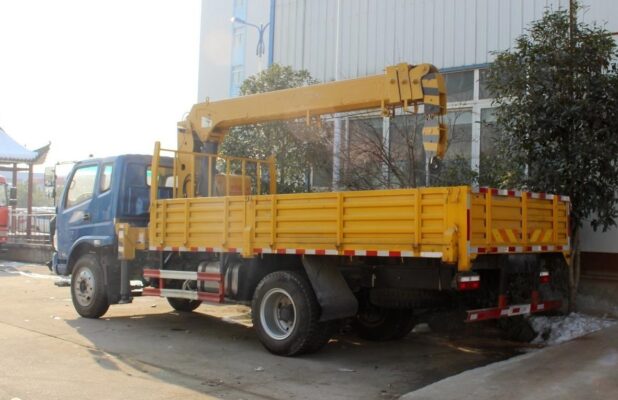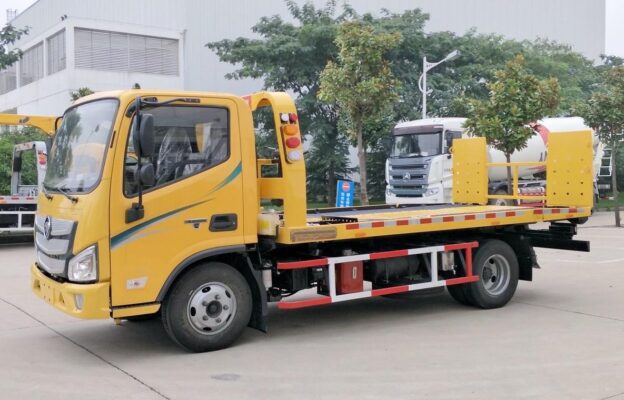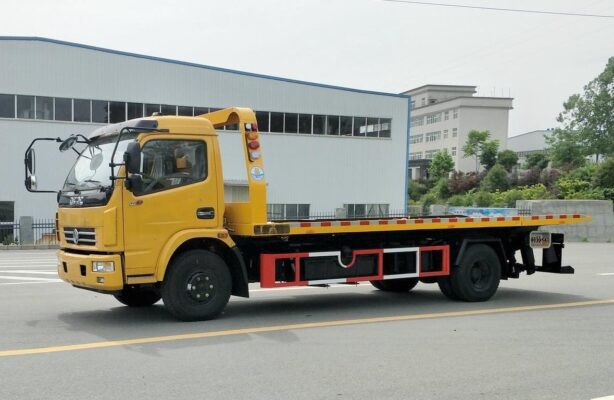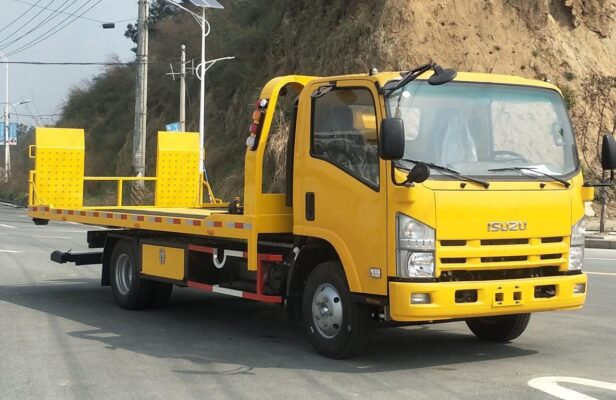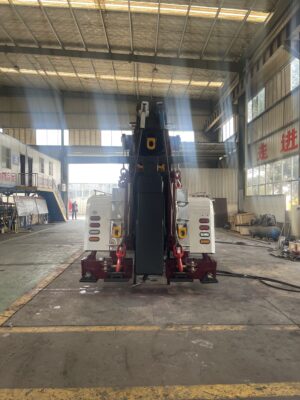Construction lifting machinery, such as tower cranes, construction elevators, and material hoists, plays a crucial role in modern construction projects. However, operating this equipment requires specialized knowledge and training to ensure safety and efficiency. Operators, commanders, and rigging personnel are classified as special operations personnel and must adhere to stringent safety protocols. This article outlines essential safety knowledge for using various types of construction lifting machinery.
Training and Qualification
Before engaging in any lifting operations, all personnel involved must undergo specialized safety training in accordance with national regulations. This training equips operators, riggers, and command personnel with the necessary skills to operate lifting machinery safely. Upon successful completion, they must obtain special operation qualification certificates, which are mandatory for employment in this capacity. This qualification ensures that only trained professionals handle complex machinery, reducing the risk of accidents and injuries.
It is imperative that construction lifting machinery is produced by manufacturers holding the appropriate licenses and quality certifications. Only certified companies are authorized to manufacture such equipment. Furthermore, installation, dismantling, heightening, and wall attachment operations must be carried out by qualified teams. Non-professional personnel are strictly prohibited from operating lifting machinery.
Prior to any installation, dismantling, heightening, or wall attachment operations, a construction plan must be in place. This plan should be thoroughly approved and reviewed, and a safety and technical briefing must be conducted to ensure all personnel are aware of the procedures and safety measures involved.
I. Safety Knowledge for Using Tower Cranes
ದಿ “Ten No-Lifts” for Cranes
To promote safety during lifting operations with tower cranes, the following guidelines—known as the “Ten No-Lifts”—must be strictly observed:
- Do not lift if overloaded or if the weight of the suspended object is unclear. Operators must always verify the load weight before commencing a lift.
- Do not lift if the command signals are unclear. Clear communication is vital; operators should only lift when they have received unambiguous signals from the commander.
- Do not lift if the binding or hanging is insecure or unbalanced. Proper binding techniques must be employed to ensure load stability.
- Do not lift if there are people or loose items on the suspended object. Safety is paramount; never allow personnel or unsecured items to be beneath or on the load.
- Do not lift if there are safety defects or damages in the structure or components. Regular inspections of equipment are crucial to identify and address any defects.
- Do not lift if the load is at an angle or buried underground. Proper positioning of the load is essential for safe lifting.
- Do not lift with a single wire rope. Using multiple wire ropes enhances safety and load distribution.
- Do not lift in poorly lit working areas where visibility is compromised. Adequate lighting is essential for safe operations.
- Do not lift if there is no padding between the sharp edges of the load and the binding wire. Protective measures must be taken to avoid damage to the equipment and ensure safety.
- Do not lift flammable or explosive materials. Transporting hazardous materials requires specialized handling procedures.
Additionally, it is strictly forbidden for unauthorized personnel to enter the lifting area of the tower crane. No one should be allowed to stand directly under suspended loads, as this presents a significant risk.
Operational Procedures
Operators, commanders, and riggers must possess the necessary qualifications, and only authorized personnel should be allowed to work with lifting machinery. Lifting operations are strictly prohibited in wind conditions exceeding level six.
Personnel must always adhere to the instructions provided by the commander, and it is critical for all workers to evacuate the lifting area before any load is raised.
Binding Requirements for Lifting
Proper binding techniques are essential for safe lifting operations:
- When lifting objects, ensure the weight, lifting points, and bindings are clear and reliable.
- For loose items, use a qualified iron bucket with secure lifting points. The height of the load inside the bucket should not exceed its upper edge, and for lightweight, easily spilled materials, it should be at least 10 cm below the edge.
- When lifting long items, select two even and balanced lifting points and bind them securely.
- When lifting items with sharp edges, take protective measures at the binding points of the wire rope. This prevents damage and enhances safety.
II. Safety Knowledge for Using Construction Elevators
Construction elevators, also referred to as external elevators or construction hoists, are essential for transporting personnel and materials vertically at construction sites. Safety precautions must be rigorously enforced to protect workers and ensure smooth operations.
Safety Precautions
Before using a construction elevator, a protective shed must be erected at the ground floor entrance to comply with relevant high-altitude operation standards.
Elevators must be stopped in adverse weather conditions, including heavy rain, fog, winds exceeding level six, or when ice accumulates on guide rails and cables. In such instances, the cage should be lowered to ground level, and the power supply must be turned off. Following a storm, all safety devices on the elevator should be inspected to confirm they are functioning correctly before operations resume.
A protective railing should be installed around the elevator’s ground cage within a 2.5-meter radius to ensure safety.
Communication and Operation Procedures
Each discharge outlet of the elevator should feature a secure transport platform with reliable railings and safety doors that must remain closed during use. Clear communication signals must be established for elevator operation; shouting or knocking is prohibited as a means of communication.
When using the elevator, safety doors should be closed first, followed by the cage door, before starting the elevator. Load distribution within the cage must be even, and overloading is strictly prohibited.
Personnel should remain inside the building while waiting for the elevator, avoiding congregation on the access platform or extending arms or heads beyond the railings and safety doors.
Testing and Handling Failures
During the first load operation of each shift, when the cage rises 1-2 meters off the ground, operators should conduct a test to verify brake reliability. If braking is inadequate, necessary adjustments or repairs must be completed before resuming operations.
In the event of abnormal conditions during operation, the elevator should be stopped immediately. Effective measures should be taken to lower the cage to the ground, and it should only resume operation after the fault is rectified. If an electrical failure is detected, operators must press the emergency stop button immediately, which should not be released until the fault is cleared.
In the case of brake failure, the cage may be brought down to the bottom for repairs or allowed to slide down while engaging the safety device. If a fault occurs during operation, operators should remain calm, as safety devices will provide reliable protection. Personnel should follow instructions from designated personnel and wait for repairs or evacuation as directed.
After operations, the cage should be lowered to the ground, all control switches set to zero, power cut off, the switch box locked, and the cage and enclosure doors secured.
III. Safety Knowledge for Using Material Hoists
Material hoists, which may feature gantry or A-frame structures, are crucial for the vertical transportation of materials at construction sites. It is essential to follow safety protocols to prevent accidents and ensure safe operations.
Operational Restrictions
Material hoists are designed exclusively for transporting materials and must not carry personnel. Loading and unloading personnel or maintenance personnel may only enter the cage once the reliability of safety devices is confirmed or appropriate measures have been taken.
The loading entrance of the material hoist must be equipped with safety protective doors, and a protective shed should be established according to high-altitude operation standards to ensure safe access and prevent unauthorized entry.
Maintenance and Loading Procedures
Maintenance and repairs on material hoists are strictly prohibited during operation. No personnel should climb the structure or pass through it while it is in use.
When loading materials, the following requirements must be adhered to:
- When transporting loose materials, use a bucket to load, ensuring it is placed steadily. If using a hand-pushed cart in the cage, it must be secured and not extend beyond the cage.
- For long materials, ensure they do not extend beyond the cage; if standing upright, they must be securely tied.
- Material loading must be evenly distributed without overloading.
The structure of the material hoist must be firmly attached to the wall or supported with guy ropes in compliance with established specifications. To prevent falling materials during operation, the exterior of the material hoist structure should be enclosed with small mesh safety netting.
Safety Devices and Procedures
Welding, cutting, or drilling operations on the material hoist structure are strictly prohibited to avoid damaging any components. The discharge platform should be firm and secure, equipped with protective railings and safety doors that must remain closed during operation.
Each cage should feature safety doors to prevent materials from falling, and these doors must be interlocked with the safety stopping devices, ensuring sensitivity and reliability. Electrical or mechanical locking devices should be installed on the safety doors of each floor to prevent the cage from operating when the doors are not securely closed.
When waiting for the cage, personnel should maintain a safe distance of at least 1 meter from the safety door, either inside the building or on the platform. Extending arms or heads beyond the railings or safety doors is strictly prohibited.
Clear communication signals should be established at loading and unloading entrances, and high-elevation hoists should be equipped with visual systems for improved communication.
Conclusion
Safety in construction lifting machinery operations is paramount to protecting personnel and ensuring project success. By adhering to these safety guidelines and regulations, operators, commanders, and rigging personnel can significantly reduce the risk of accidents and improve overall safety on construction sites. Proper training, effective communication, and adherence to operational protocols are essential components of a safe working environment when using tower cranes, construction elevators, and material hoists.

